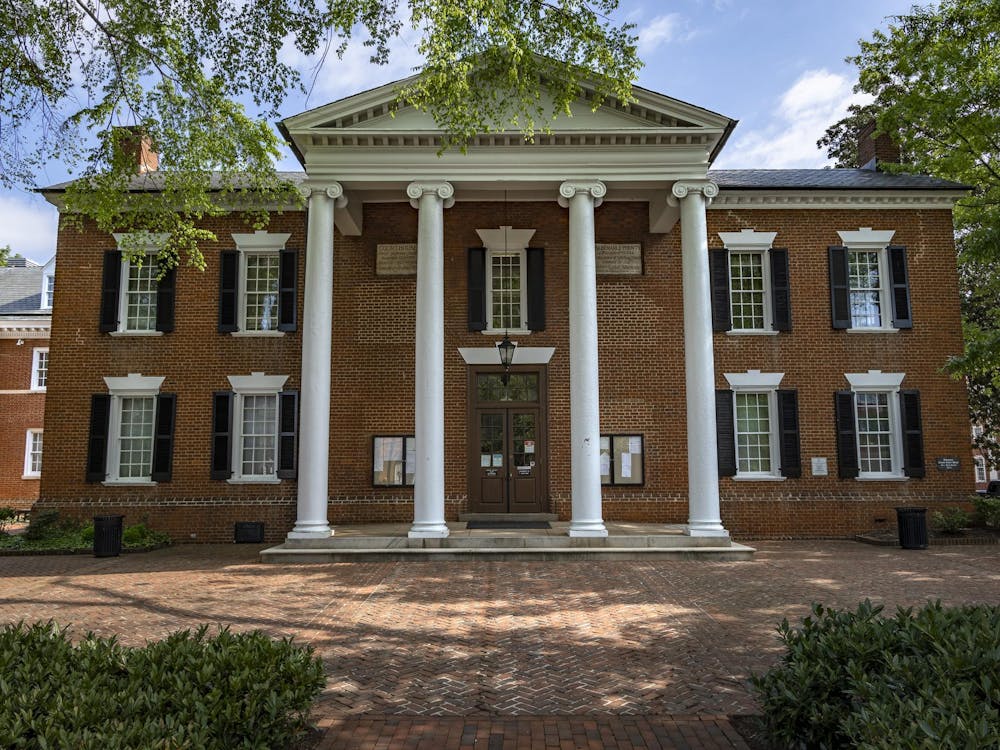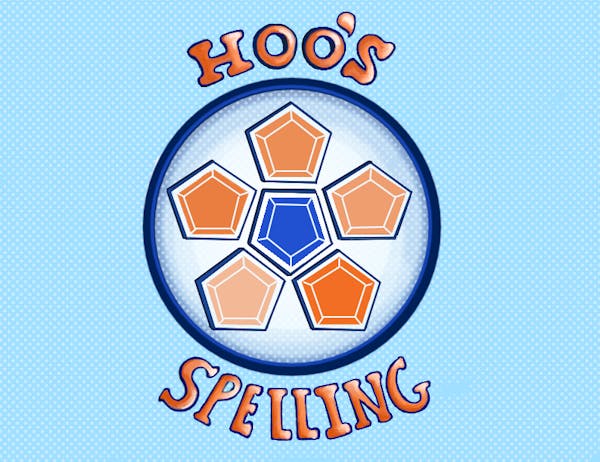Throughout its history, the University has prided itself on both its expansive selection of course offerings and its motivated student body. Yet with more extracurricular opportunities competing for those students' attention, the University finds itself facing the same dilemma as many other institutions of higher education - namely, how best can it stimulate academic pursuits beyond the classroom?
The answer to this question may, in fact, exist in two young initiatives sponsored by students themselves that offer lessons that could be applied to the University's institutional attempts to engage students' intellectual curiosity. Flash seminars and tonight's inaugural installment of a speaker series called Look Hoos Talking suggest a new way forward for academia that takes advantage of 21st-century technology to reignite academic interest at a time when it increasingly is snuffed out by athletics, music and leadership activities.
Flash seminars are informal, small-scale classes organized by fourth-year College student Laura Nelson. They take place around Grounds and feature professors or, occasionally, local community leaders who speak about eclectic issues that might not find their way into the curricula of traditional University classes. Nelson has managed to drum up interest for flash seminars not only by varying their subject matter but also by using electronic outreach and advertising to generate a sense of exclusivity surrounding them.
She first attracted students to the seminars by listing them in a weekly newsletter called Engage UVA that she began in 2009 and that aggregates a list of lectures, interest meetings and other gatherings on Grounds that allow for civic and intellectual engagement. She has sustained interest in the seminars by keeping them small and accepting participants on a first-come, first-served basis. This allows students to have personal interactions with the week's speaker.
Tonight's Look Hoos Talking lectures have the same buzz surrounding them because of Student Council's promotional efforts and use of technology. This program is modeled after the annual not-for-profit Technology, Entertainment and Design conferences that have been held in California since 1984 and have become Internet video sensations because of their speakers' diverse choice of topics and strict adherence to an 18-minute time limit for their lectures. Council emulated this model by soliciting feedback from students via e-mail about which professors they would most like to hear lecturing on a topic of their choice, with the stipulation that each talk should last no longer than 12 minutes. All 846 tickets to the event were claimed within 24 hours, and Council plans to broadcast the lectures live online as well.
The initial success of these student-led series shows it is possible for the University administration to attract students to academic offerings outside of the classroom. To do so, however, it must embrace electronic means of advertising. University-sponsored forums such as those held at the Miller Center have done a good job of targeting student listservs with e-mails that outline their upcoming events, but they have thus far failed to take advantage of the other opportunities presented by these channels. In particular, digital advertising opens up the possibility of organizing more intimate and relaxed gatherings of students who are quick to jump at the opportunity to hear a speaker. It also encourages student participation during the planning of such events by allowing them to weigh in on the selection of speakers.
With so many other extracurricular options, it unfortunately no longer can be taken as a given that students will spend time outside of the classroom furthering their academic pursuits. Using technology to expand outreach in a manner similar to the Flash seminars and Look Hoos Talking, however, will help to establish academic events as exciting opportunities for University students.






